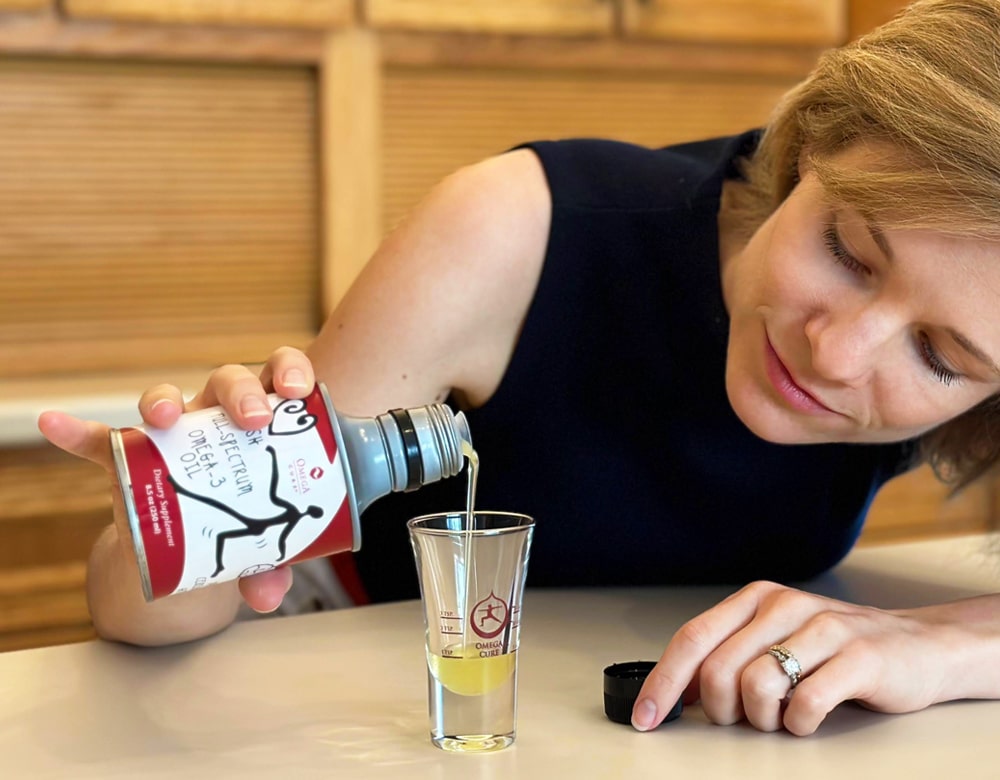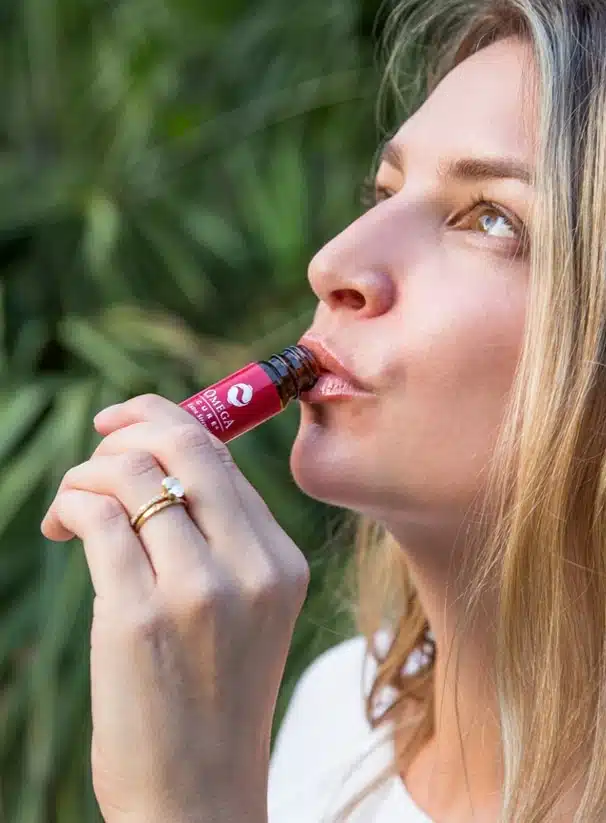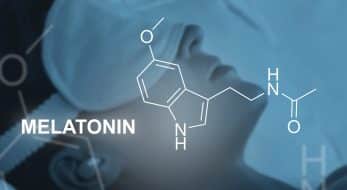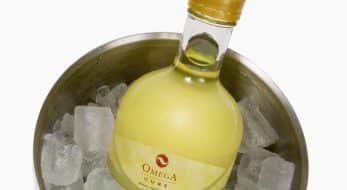Is Fermented Cod Liver Oil a Safe Supplement?
I’ve been a proponent of fermented foods for years. I’ve made my own kombucha tea in the kitchen and served miso soup for breakfast — much to my children’s chagrin.
Like many, I got started on the fermented food kick because of my interest in their numerous health benefits. Many believe that the microorganisms which help to change sugar to alcohol, or produce our beloved yogurt and sauerkraut, improve intestinal flora and allow for better absorption of nutrients.
However, just because a food is fermented does not necessarily make it healthy. This is something to be particularly aware of when it comes to cod liver oil. So what’s the scoop on fermented cod liver oil?
What Is Fermentation, Anyway?
When applied to cod liver oil, the term “fermentation” makes little sense. This is because you cannot ferment an oil – a pure fat – by itself. Carbohydrates are fermented by means of an anaerobic breakdown, transforming sugars into alcohol or acids by microorganisms activity.
When cod liver oil manufacturers “ferment” cod liver oil, they extract the oil by putrefying the cod livers in vats exposed to air and sunlight (1). As the cod livers rot, they release oil in a process the manufacturers refer to as cold-extraction. The use of salty brine makes the process more similar to pickling rather than fermenting.
The Problem with Fermented Cod Liver Oil
The biggest concern with fermenting cod liver oil is the rancidity level of the final product. In processing their oil, fermented cod liver oil manufacturers leave the livers in vats exposed to air and sunlight for up to six months (1).
This is problematic on many levels. First of all, the omega-3 molecules oxidize when they are exposed to oxygen. As the molecules oxidize, the oil turns rancid, producing the offensive taste, odor and unpleasant stomach issues that many fermented cod liver oil consumers complain about. Not only do unappetizing rancid products make it hard for consumers to take sufficient doses of omega-3, rancid oils also contain harmful byproducts that are toxic. In fact, scientists describe these byproducts as having “a mutagenic and pro-inflammatory” effect, and say that they could be linked with increased cancer risks and Alzheimer’s disease.
When taking any omega-3 product, it is important to be aware of the oxidative status of the oil and to also pay attention to your senses. Truly fresh fish oil and cod liver oil have no fishy taste or smell — just like fresh fish.
Whether you are taking fish oil capsules or a liquid cod liver oil, you can assess the freshness level by tasting and smelling the product. Truly fresh fish oil and cod liver oil has no fishy taste or smell.
Water Pollution Affects All Fish Oils
The second big concern about fermented cod liver oil revolves around the purification of the oil.
Proponents of fermented cod liver oil state that “cold” processing the oil helps to protect important nutrients, like naturally-occurring vitamin A and D. This is true. Raw cod liver oil does contain potent amounts of vitamin A and D. With most modern processing techniques — like skimming, pasteurizing or ethyl-etherizing the cod liver oil — manufacturers end up destroying much of the vitamin content, as well as the full-spectrum of omega-3s.
However, purifying cod liver oil is important. In today’s world, we have polluted our oceans and lakes to such a degree that all fish oils must be purified. As the independent NOFIMA research institute in Norway showed, raw (non-purified) cod liver oil contains high levels of PCBs which exceed what is considered safe for human consumption (2).
It isn’t easy to measure the actual levels of PCBs and and heavy metals in oils, but these amounts are never zero and they do not disappear by themselves. Even with our pristine Omega Cure®, which comes from wild cod caught off the northwest coast of Norway, we must purify the oil to remove contaminants. When some fermented cod liver oil manufacturers state that consumers need not worry about contaminants because the fish comes from pure, arctic waters, they demonstrate a lack of knowledge about environmental pollutants.
‘Old’ Does Not Necessarily Equal ‘Healthy’
When considering the health benefits of any ancient food processing technique, it is important to remember that just because our ancestors ate it does not necessarily make it healthy. Yes, people have eaten bacteria-laden foods or consumed foul-tasting, rancid fish oil for hundreds of years. But we must still evaluate the long-term benefits and consequences of consuming these products.
Take, for example, “surstromming”, the Swedish fermented herring. It is widely believed to be the smelliest food in the world. Due to the buildup of noxious gases, most airlines have banned passengers from transporting this product for fear the cans will explode. Today, there is also talk of outlawing the fermented fish because of the high levels of PCBs — a cancer-causing toxin (3).
Making Cod Liver Oil for Today’s World
Our world and oceans have radically changed over the last century. The rotten fish our ancestors gobbled up as a delicacy are now full of potentially carcinogenic dioxins. And while I’ll be the first to tout the long and rich history of cod liver oil, I also believe the oil must be fit for today’s world and consumers. That means cleaning the oil, processing it gently, and yes, ensuring it is fresh and safe to consume.
Today, we are able to add the amounts of vitamin A and D found in raw cod liver oil back into the final product, ensuring people can experience the full range of nutrients these oils deliver. And thankfully, unlike your grandmother’s cod liver oil, our Omega Cure is so fresh, it has no fishy taste or smell. We also measure the oxidation values of each batch of Omega Cure, and label the measurements, along with the date of bottling, on every bottle and box of our products. This way, you as the consumer can know exactly how fresh your oil is.
That is something every person – fermented food fan or not – can get behind.
Try Exceptionally Fresh Omega Cure
Experience the Omega3 Innovations difference for yourself with the most effective fish oil supplement on the market.
Buy Now
References:
1. Wetzel, David. “Returning to Traditional Production Techniques for the Quintessential Sacred Food.” The Weston A. Price Foundation. April 30, 2009. http://www.westonaprice.org/health-topics/update-on-cod-liver-oil-manufacture/
2. Grimmer et al. “Lagringsstabilitet av et utvalgt marine oljer.” NOFIMA. Rapport 33/2013. June 2013. http://www.nofima.no/filearchive/Rapport%2033-2013.pdf
3. Grunderg, Sven. “Sweden Has Champagne Aspirations for Its Smelly Fermented Herring.” Wall Street Journal. September 3, 2012. http://www.wsj.com/articles/SB1000087239639044491490457761730095714435
Recent Posts
-
Dose, Joint Health, Omega-3
Omega-3 & Pain Relief: Finding the Best Strategy
Are you one among the 1 in 5 Americans grappling with chronic pain, as reported by the CDC [1]? If the thought of traditional pain medications and their potential side...3 months ago -
Eye Health, Omega-3
The Startling Link Between Skin Care and Eye Health
Dry eye complaints are on the rise worldwide. Many risk factors – including aging and increased computer use – help explain the increase. But there's another driver few people know...5 months ago -
Heart Health
Does Taking Fish Oil Lower Cholesterol?
Many people believe that incorporating omega-3s into their diet will solve their cholesterol woes. But the truth is much more nuanced; it's not as simple as taking a daily fish...1 year ago -
Immune Health, Sleep
Melatonin & COVID-19: Can This ‘Sleep Hormone’ Help?
It started with a runny nose and a slight cough. But when his 72-year-old wife tested positive for COVID-19, he got concerned. “Is there any research suggesting the supplements we...2 years ago -
Full-Spectrum Fish Oil, Omega-3
Is It Good to Store Fish Oil in the Freezer?
Fish oil is a great source of the omega-3 fatty acids we all need for good health. It’s also highly perishable. Consuming rancid fish oil can have negative health implications....2 years ago -
Omega-3
Our Favorite Omega-3 Fish Oil Benefits
Omega-3 fish oil certainly has a reputation for delivering a plethora of incredible benefits. And it’s true! Omega-3 fatty acids have been studied for a broad range of health conditions....2 years ago









Comments (8)
Hi,
Regarding your mention of no vitamin D in your cod liver oil: is there a reason for this?
I am currently taking Carlson Labs cod liver oil, and it has 850 IU vitamin A and 400 IU vitamin D (not added as cholecalciferol, but “from cod liver oil”) per serving. The oil doesn’t seem to have much scent or taste to me.
I’m interested in the emphasis you place on freshness, but I want to supplement vitamin D as well. What is your recommend source for vitamin D supplementation, besides omega cookie? What is the vitamin D3 source in your omega cookie?
Thanks,
Filip
Dear Filip,
Thank you for the question. To answer you, there is vitamin D in our cod liver oil – just not in significant amounts. If a fish oil contains significant doses of vitamin D, then it either indicates the oil has not been cleaned or that the vitamin D has been added back post purification. For Omega Cure, we wanted to leave the oil as natural as possible, which is why we have decided not to add the vitamin D added back after cleaning.
We can certainly understand why you would also want a vitamin D supplement. Besides eating the Omega Cookies, we typically recommend trying to spend a little time in the sun and eating fatty fish on a regular basis.
As for the vitamin D3 in our Omega Cookie, it comes from lanolin, which is the standard source for most supplements and foods.
If you have more questions, give us a call at 866.414.0188 and we’ll be better able to answer your question in-depth.
Filip – I asked Carlson about the vitamin D in their cod liver oil and this was their response:
“The vitamin D in our product is natural-source vitamin D, however the processing of the oil does remove most of the D from the cod liver and most of the vitamin D3 is added back to the oil and it is derived from lanolin.”
The label on the Carlson bottle is misleading/incorrect.
Thanks for authoring this website, it’s exactly what I’ve been looking for
Thank you, Minda. We’re glad to hear it!